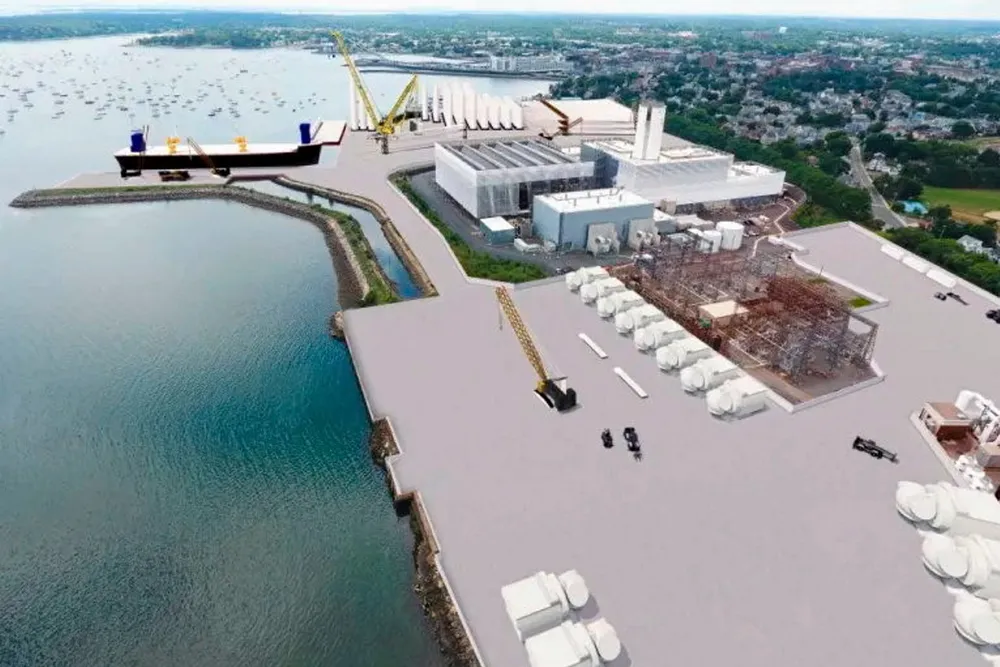Crowley breaks ground on Massachusetts’ largest offshore wind port amid imminent project awards
Salem Harbour on state’s North Coast at core of bids into ongoing Round 4 for up 3.6GW and positioned for floating in Gulf of Maine

US marine contractor Crowley broke ground on Massachusetts’ second and larger offshore wind port at Salem Harbour on the state’s North Coast last week, kickstarting development of coastal infrastructure critical to the sector's ramp.
The over $300m redevelopment of the 42-acre (17-ha) site of a now-shuttered coal fired power station into the Salem Offshore Wind Terminal is being partly funded through federal and state programmes.
Massachusetts is providing $80m on a reimbursement basis as work is completed, according to Crowley, while the US Maritime Administration chipped in $34m through its Port Infrastructure Development Grant programme and is considering another application for future enhancements.
Crowley has further entered into a 25-year lease agreement for the port with the state Clean Energy Commission (MassCEC), the agency managing the energy transition, which includes $35m for dredging and other upgrades.
“This public-private partnership in Salem can be a model for communities and the industry to follow to achieve our commitments to create renewable, sustainable power,” said Tom Crowley, CEO.
Two developers in Massachusetts ongoing round 4 – Iberdrola-controlled Avangrid and Copenhagen Infrastructure Partners (CIP) – include the wind terminal as marshalling port in their project proposals, and Crowley confirmed that both have entered into lease agreements.
A third developer in the round, Ocean Winds' Southcoast, said it remains open to using the port for its development.
Tristate procurement
Massachusetts is seeking up to 3.6GW in its current tender to meet its legal mandate of 5.6GW under contract by 2027. The mega-tender is partially aimed at offsetting more than 2GW of projects cancelled last year amid inflationary headwinds.
“Massachusetts’ strong interest in producing offshore wind energy provides a long-term market to support the development and operation” of the terminal said David DeCamp, director of corporate communications at Crowley.
Salem will be Massachusetts' second offshore wind port after its New Bedford Marine Commerce Terminal on the state's South Coast.
MassCEC recently announced a major upgrade to the 30-acre site to raise heavy lift storage and quayside capacity as well as adding office and warehouse space.
Although New Bedford is closer to the Massachusetts and Rhode Island wind energy areas (WEAs) where the bulk of US offshore wind capacity is being developed, its narrow opening prevents larger vessels from entering.
“Salem provides a crucial location for a wind port especially because of its capabilities to accommodate the vessels necessary to develop and maintain wind installations,” said DeCamp.
Gulf of Maine
“Salem Offshore Wind Terminal will be built specifically to handle the equipment and platforms for floating wind,” DeCamp told Recharge.
“With its acreage, depth and clearance, marshalling and maritime operations can be supported to successfully execute the requirements in Massachusetts as well as Gulf of Maine,” he added.